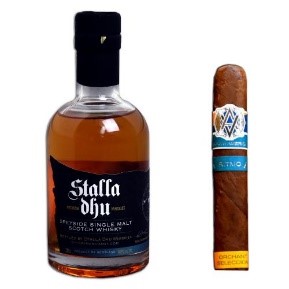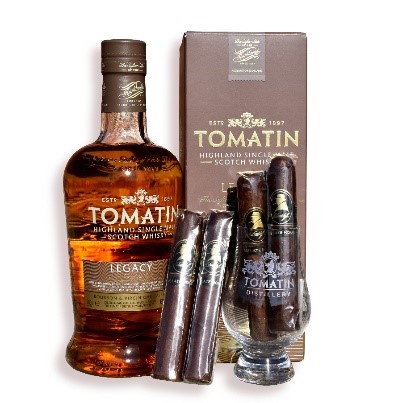
‘ To age or not to age’ … that is the question ! ( with thanks to our friend Reuven Zasler for this article)
Aside from my own hands-on experience concerning the topic of ageing, as well as the positive experience of other enthusiasts, there exits a body of literature, albeit quite small and chiefly confined to certain websites, which deals with this subject. The various writers agree – almost unanimously – as to the benefits of “long-term” ageing. Only one expert seems to dissent: Mr. Sebastian Zimmel, the “Cigar Doctor” of the excellent European Cigar Cult Journal which is published in English and German and appears every three months. Mr. Zimmel, who answers readers’ questions, has twice, within the past year or so, claimed that cigars cannot age like wines, and are best smoked when they are “fresh.” Such claims obviously aroused the curiosity of not a few subscribers, including yours truly, for Mr. Zimmel saw fit to clarify his position. Unfortunately, his “clarification” turned out to be gross distortion of his original statements.
On the other side of the ageing-issue spectrum stand connoisseurs of unimpeachable authority such as Min Ron Nee and Vahe Gerard. Mr. Gerard, for those who may not know, owns and operates the very distinguished cigar enterprise Gerard Pere et Fils (as well as its website) and was chosen “Man of the Year” in Habanos merchandising by Habanos S.A. at its recent Habanos Festival. Additionally, he has authored several aesthetically pleasing books on cigars, and is one of only two authorized purveyors of Habanos since the legendary Alfred Dunhill and Zino Davidoff (the other being Christopher Wolters) who has been permitted to offer for sale custom-brand Habanos. Mr. Gerard is mentioned in this writing since a significant portion of his considerable income is earned by aging premium cigars for his well-heeled clients.
Mr. Min Ron Nee, a renowned Hong Kong collector and connoisseur, unequivocally states his views on the ageing process on pages 6-11 of his widely celebrated “An Illustrated Encyclopaedia of Post-Revolution Havana Cigars.” I am quite convinced that were it not for Mr. Nee’s shining modesty and self-depreciation, he would challenge Mr. Zimmel to a duel.
Pre-Ageing 101: Balancing Act
Immediately upon bringing home newly-purchased cigars, one should gingerly transfer them to a well-regulated humidor and leave them entirely unperturbed for a period of two to four weeks. l believe this practice is applicable even to cigars which have been aged prior to acquisition, inasmuch as the change in climate, namely, temperature, relative humidity and proximity to other cigars, is liable to destabilize the chemical balance within the tobacco leaves, resulting in less than optimal enjoyment if the cigars are smoked in such a condition.
Pre-Ageing 102: Preparing Cinderella for the Ball
It is no secret that tobacco leaves that are destined to comprise cigars need to be cured, that is, dehydrated, after harvesting. The curing process alters the leaves’ colour from green to golden brown, but its chief purpose is to rid them of their sap, which contains bitter tannins.
Having been cured, the leaves are then subjected to two (or three, in the case of leaves which will constitute the Cohiba vitolas) fermentations, the objective of which is to remove the remaining sap and initiate a chemical change which destroys the nicotine therein but leaves behind important oils which are not merely benign, but have a very beneficial effect on the cigar’s aesthetic potential to deliver a pleasing bouquet and flavour. Unfortunately, there is also a downside to the fermentation processes, for in addition to purging the leaves of undesirable materials, they also create ammonia – the very same pungent substance used in powerful household cleaning fluids. This rather offensive by-product is once again created when, just prior to rolling, the fermented leaves are made pliable by moisturizing them so as to facilitate their manipulation.
Aged Pre Embargo Romeo y Julieta cigarsAnyone who has ever experienced tobacco fermentation first-hand, or has had the dubious “pleasure” of having to employ an abrasive cleaning agent, need not be convinced of the odious qualities of ammonia. Could anyone imagine tasting anything that smelled so atrocious? In point of fact, if you are one of those who has bemoaned the mediocre taste of young cigars – you indeed have, for the presence of lingering traces of ammonia is partly responsible for your predicament.
As indicated above, the manufacturers once stored their finished cigars long enough so that by the time the smoker lit up, all traces of ammonia had long been history. Sorrowfully, this stockpiling practice itself is now history. A final note concerning the riddance of ammonia: since exposing fresh cigars to air greatly hastens the elimination of this matter (as well as the short-term ageing process), it is highly recommended that one open the lids of one’s humidors at least once a day. This routine practice is, of course, also essential for checking humidor temperature and relative humidity, as well as for rotating the stored cigars, so there is a triple benefit in performing it.
Invitation to the wedding
The three types of tobacco leaves which constitute the filler – ligero, which bestows strength and flavour; volado, which ensures proper combustion and seco, which adds finesse and sophistication, need time to “marry.” In other words, they have got to blend if they are to furnish the taste and fragrance which characterize a premium cigar. This blending action is facilitated chiefly through the secretion of oils harboured by the leaves, which is brought about by properly regulated temperature and humidity within the humidor, and periodic exposure of the cigars to air (as previously indicated). The oils secreted by each tobacco type tend to migrate within the cigar and interact, thereby producing the blend. Further on in the ageing process, the blended oils migrate to other cigars in the vicinity (that is, inside the humidor), initiating an interaction of the blended oils. This phenomenon explains why it is unwise to age Cohiba Esplendidos alongside Partagas Lusitanias.
From Mellowness to Excellence
As a result of the amalgamation of the oils and hence the merging of the tobacco-leaf types, it can be said that the cigars in question have reached “maturity.” In this state, they will assuredly delight the senses, but they may not have peaked out yet. This is because cigar ageing is a continuous occurrence (assuming the cigar continues to receive proper maintenance) in which the tannins continue to decompose, thereby effecting a constant chemical change in the integrated filler tobaccos. This in turn will bring about a richer, more complex flavour, an even more agreeable aroma, and improved burning and drawing qualities.
Be that as it may, there are thorns amongst the roses: firstly, although ageing is indeed perpetual, it cannot perpetually improve a cigar, which will eventually peak out and then experience a gradual decline; secondly, although most hand-rolled cigars will improve with proper ageing, not all brands and vitolas will show significant improvement; thirdly, diverse brands and vitolas will peak out at the end of different durations of ageing; finally, different strokes for different folks: since taste is decidedly subjective, one smoker’s determination of “peak-out” may very well not be another’s. Nevertheless, certain generalizations can be made which are likely to be quite helpful to the enthusiast who wishes to establish personally ideal storage periods. First of all, in consideration of the relationship between the particular brand/vitola and storage duration, it may be generalized that the stronger the brand/vitola, the more slowly it ages, and hence the longer it needs to be aged so as to effect peak-out. It would follow, then, that a Bolivar Belicosos Finos would peak out after a much longer storage duration than would a Fonseca No. 1.
A generalization may also be made concerning the relationship between the cigar’s production date and the effect a certain period of ageing will have upon it: the more recent the date of manufacture, the greater the effect of ageing. For example, six months of ageing will markedly alter the traits of a recently produced cigar, whereas it will have a negligible impact on a twenty year old cigar.
A fly in the ointment
It was mentioned beforehand that exposing stored cigars to air accelerates their ageing, which would seem to be very desirable indeed, especially for those of us who possess less of the virtue of patience. Nonetheless, there is , of course, a catch: the oxygen in the air, whilst speeding things up, also has a negative impact on the quality of the ageing process, thus precipitating less beautiful and complete results. The only remedies for this, as you might guess, are 1) not to open the original packaging and humidor till the termination of the storage period, and 2) wait patiently with a stiff upper lip. You can’t have your cake and eat it.
Spooks, demons and goblins
Assuming he/she favours several cigar bands and vitolas, it would be truly advantageous for the cigar aficionado who wishes to scientifically determine all of their peak-out times to be a well-to-do masochist. The mental, financial and material resources required for such a venture would be vast indeed, so if you are somewhat less wealthy and anal, you will need to compromise and settle for a relatively less comprehensive plan of action.
Let us assume, for the sake of example, that one wishes to start from scratch and accumulate a decent collection of well-aged smokes. Initially, having procured a modest inventory of cigars, it would seem that one must cope with a vicious circle (or a Catch-22 or conundrum, if they sound less threatening): if one stores the cigars, they cannot be smoked; conversely, if one smokes the cigars, they cannot be stored.
There is, happily, a way out of the forest. One can begin amassing a modest store of aged cigars by setting aside a fixed percentage of newly purchased smokes, in accordance with one’s financial state and degree of self-restraint. This simple system will ensure a growing reserve of nicely aged cigars whilst guaranteeing a supply for the here and now. For each new “purchasing binge,” I would recommend the obtaining of two types of cigars: those that may be enjoyed even when relatively fresh, such as the Hoyo Epicure No. 2, and those which need at least a few months to mature minimally, such as the Partagas Serie P No. 2 or the Ramon Allones Belicosos.
Once the enthusiast has been stockpiling for, say, six months, he/she should now possess sufficient smokes for a monthly tasting which would be instrumental in ascertaining peak-out.
O Magnum Mysterium
Cigar maturation and ageing are phenomena which have by no means been thoroughly investigated and documented by the scientific community (or, for that matter, the cigar-smoking community), and, as such, remain shrouded in mystery and conjecture. Even so, there exists a body of useful information which has been compiled as the result of experience and trial and error. Cigar smokers who want to know what cigar smoking is really about should take the trouble of acquainting themselves with this data. They would do well to enable their sumptuous investments in pleasure to spread their wings and blossom, for ageing exceedingly enriches an already eminently delectable experience.
Best wishes
Reuven Zasler





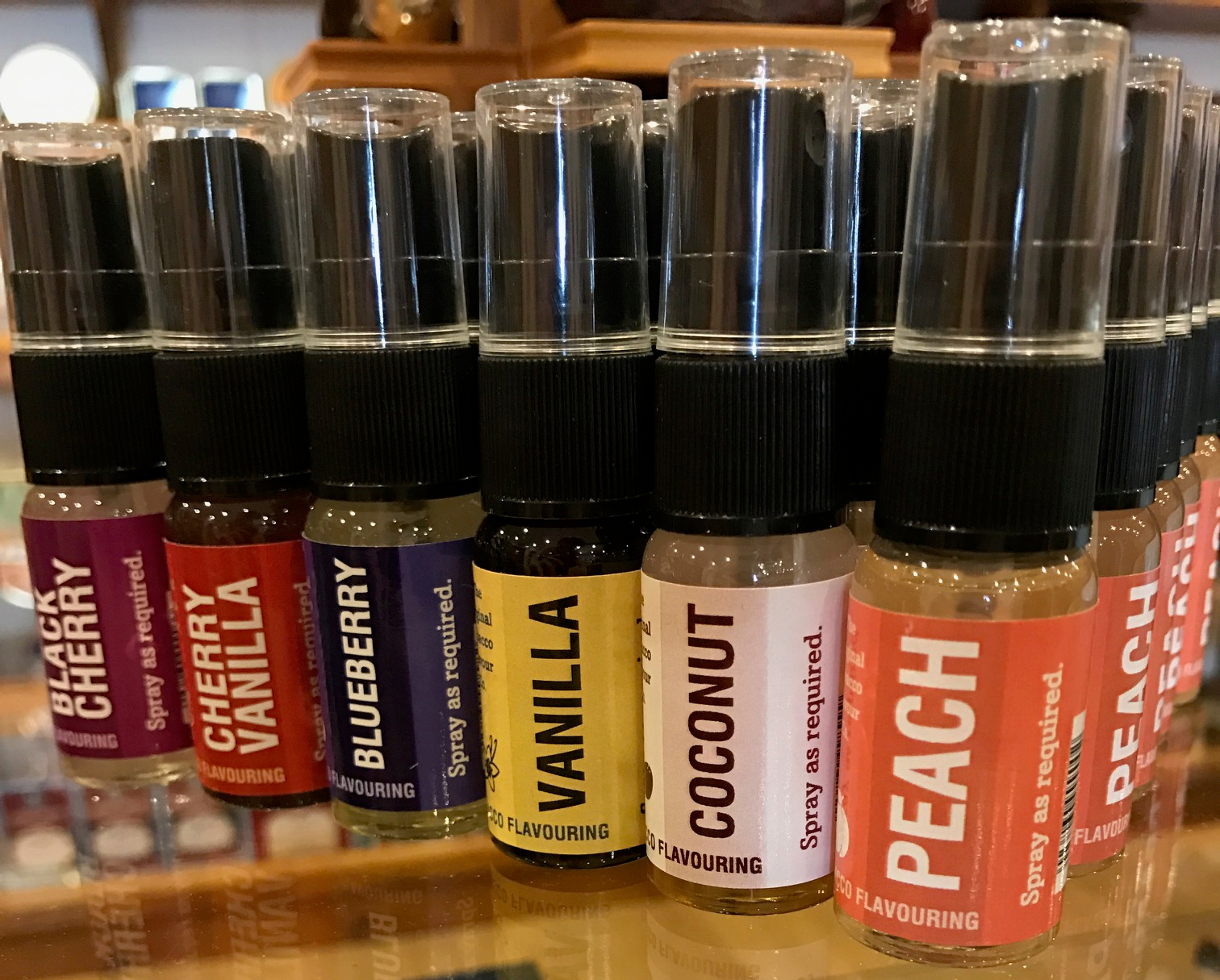

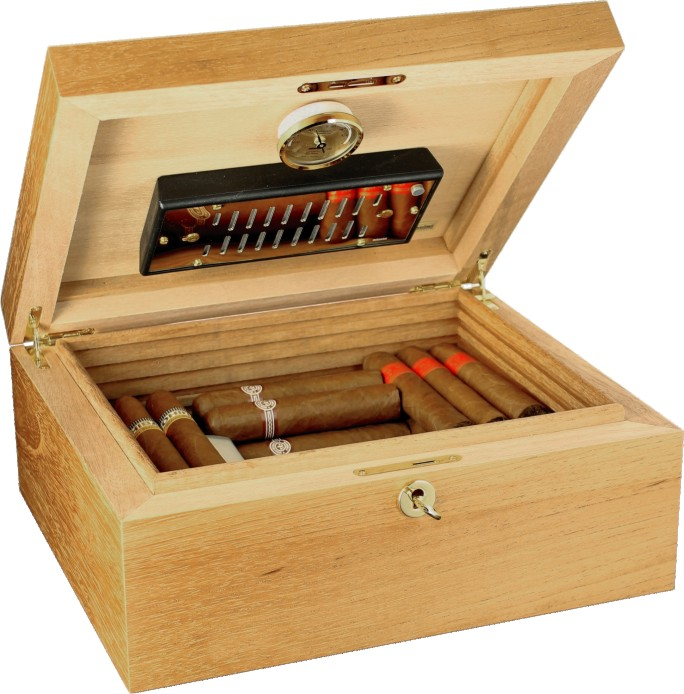






 If you do not have a walk-in humidor or cellar then you can probably undertake a similar process using two ‘Zip N Seal’ plastic bags. Firstly, puncture the smaller bag with many little holes and then insert the open box and close the bag. Place that bag, now containing the cigars, into a larger ‘Zip N Seal’ bag containing a wrung-out slightly damp sponge. Seal the second bag. After four to six days the cigars should be removed from their box and exposed to the full humidity. Sometimes small water bubbles may appear under the wrapper, but there is nothing to fear as long as you give the cigars a 25% rotation every two or three days. Complete the process until the cigars have been fully rotated at least twice, providing even exposure to the humidity. By this time any bubbles will have disappeared. This process can take up to three weeks.
If you do not have a walk-in humidor or cellar then you can probably undertake a similar process using two ‘Zip N Seal’ plastic bags. Firstly, puncture the smaller bag with many little holes and then insert the open box and close the bag. Place that bag, now containing the cigars, into a larger ‘Zip N Seal’ bag containing a wrung-out slightly damp sponge. Seal the second bag. After four to six days the cigars should be removed from their box and exposed to the full humidity. Sometimes small water bubbles may appear under the wrapper, but there is nothing to fear as long as you give the cigars a 25% rotation every two or three days. Complete the process until the cigars have been fully rotated at least twice, providing even exposure to the humidity. By this time any bubbles will have disappeared. This process can take up to three weeks.

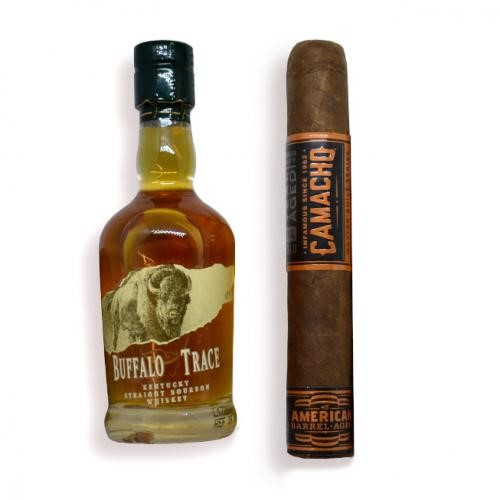 A classy Bourbon, Bourbon Trace is from the eponymous distillery that has been responsible for some truly outstanding products in recent years. A great whisky, with oodles of vanilla, barrel char and spicy complexity and overall a must-stock for any bar worthy of the name.
A classy Bourbon, Bourbon Trace is from the eponymous distillery that has been responsible for some truly outstanding products in recent years. A great whisky, with oodles of vanilla, barrel char and spicy complexity and overall a must-stock for any bar worthy of the name.